Coworking enables a diverse group of working professionals, including startups, SMEs, MNCs, and freelancers to collaborate and work together.
To ensure 8 to 9 hours of productive time each day, professionals need the right working setup that helps them think, innovate, and work flexibly without hassles.
A well-designed coworking space can offer greater working flexibility and maximize space utilization, thereby creating a positive and productive work environment.
What’s more?
Research acknowledges that office designs influence employees’ productivity and job satisfaction levels. So, with the right coworking workspace design, you can boost your business ROI and reduce attrition rates.
In this post, we will share six practical tips for designing amazing coworking spaces to meet your employees’ unique needs, thereby creating a productive work environment.
Working professionals who feel mentally and physically comfortable in workspaces deliver peak performances. No wonder, 9 in 10 employees desire flexible workspaces.
How can varied seating arrangements help?
Deploying high-quality and diverse seating amenities like chairs, tables, couches, and more in workspaces allow employees to work stress-free.
For instance, installing adjustable chairs can help minimize neck pain, while tall-height desks can save from severe back pain that impacts nearly 50% of the working adults. Besides, installing standing desks can reduce the risk of sedentary lifestyle diseases like obesity, heart diseases, and more.
However, there’s no one-size-fits-all solution to arranging the seating as every employee has unique needs. Some employees may want private desks to operate with optimal productivity, while some may need specialized rooms with telephone booths and projectors for collaborative projects. So, ensuring variety in workstations is crucial.
One of the leading coworking solutions providers, The Address, offers the following seating options to ensure a productive workspace. Opt for the ones that suit your employees’ preferences and work roles.
These are private cabins for employees, including solopreneurs and freelancers that need focus and privacy to complete their tasks.
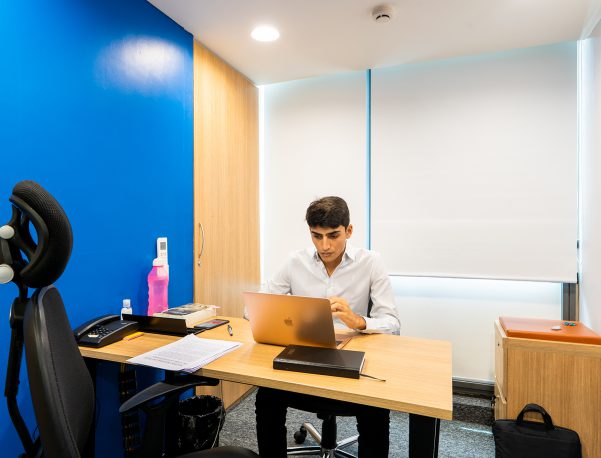
Key Amenities:
These are fixed desks ideal for small teams and freelancers.
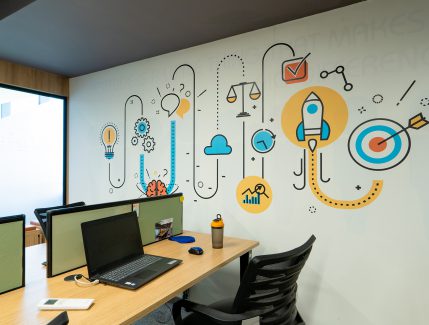
Key Amenities:
These are rotating desks for small teams of three to four individuals that need to work together.
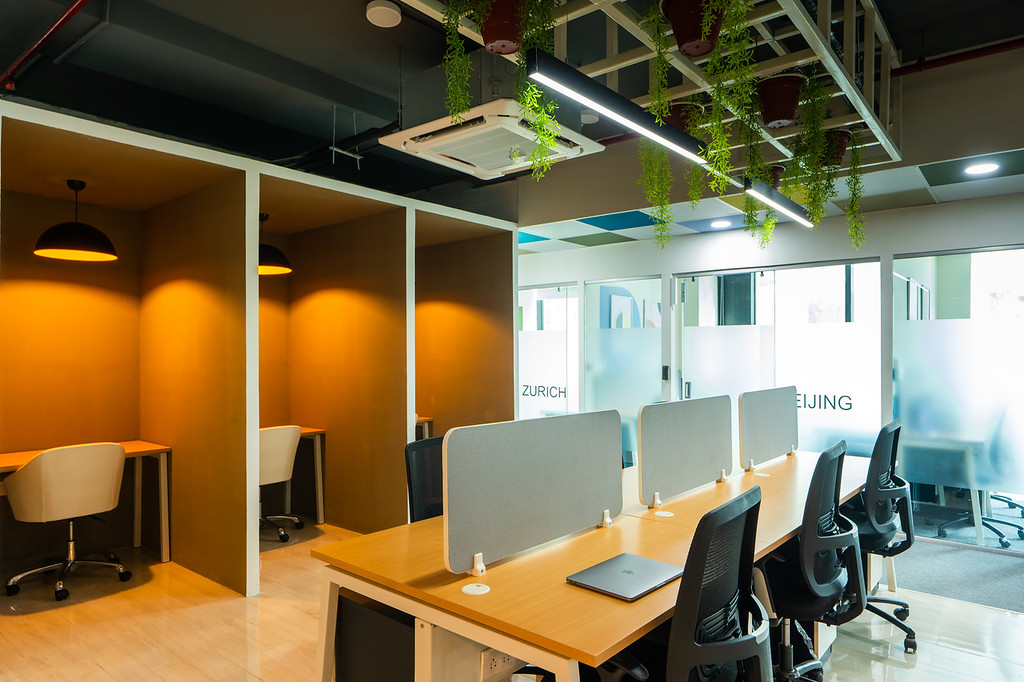
Key Amenities:
These are enclosed cabins designed for small-to-mid-sized teams and startups that need to work as a close-knit unit.
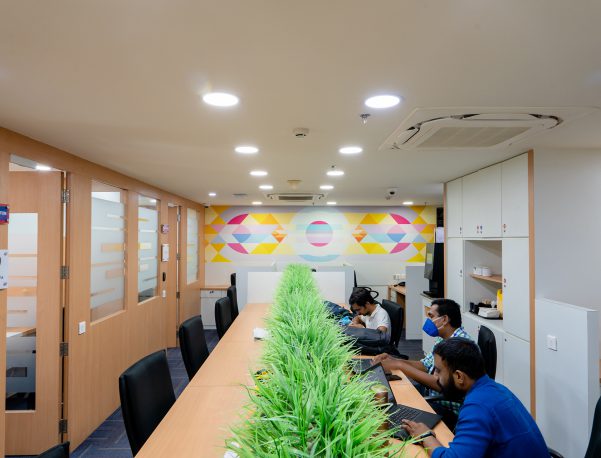
Key Amenities:
These are custom-built private workspaces designed for startups and companies of any size.
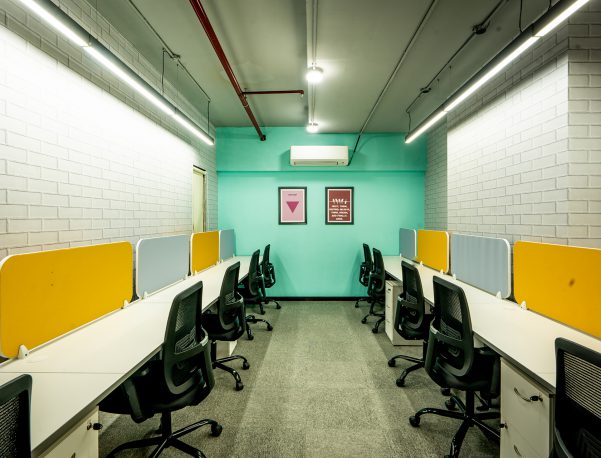
Key Amenities:
These are workspaces designed for hybrid and remote workforces.
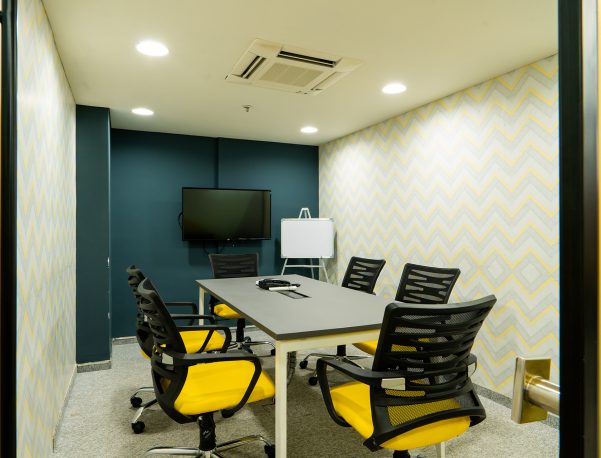
Key Amenities:
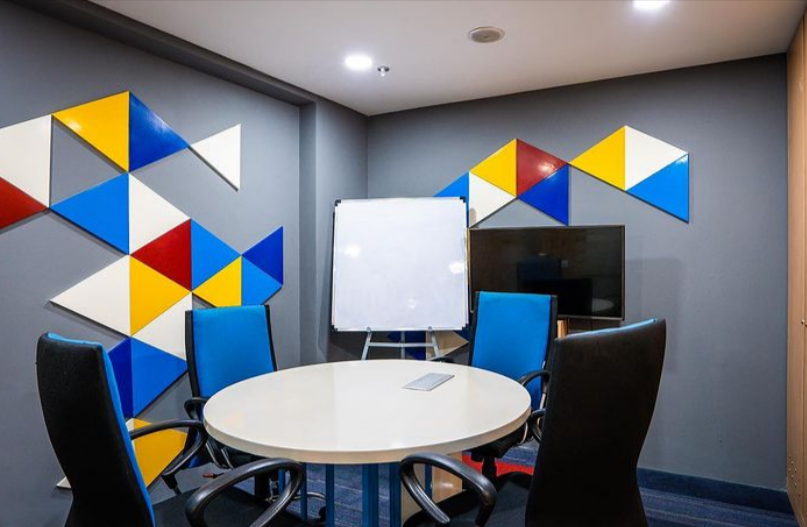
Several business operations deal with confidential data. For such meetings and discussions, private desks, conference halls, or meeting rooms may not suffice.
Your team needs a separate space where they can conduct confidential client meetings and negotiations. For such occasions, you need a zone to uphold your team’s privacy needs.
Here are a few design tips to consider.
Work-related burnout emerges from unresolvable and long-term job stress. It is one of the leading reasons for the high attrition rate in companies.
A recent survey revealed that over 52% of working professionals experienced burnout in 2021. No wonder, the turnover rate reached a record high last year.
Relaxation or recharge rooms can help create a relaxing, welcoming, and happy vibe in the office, allowing employees to take a break from work. It is here that they can pursue fun activities like playing indoor games, taking naps on a hammock, or enjoying good music.
Creating relaxation rooms can amplify your employees’ productivity by helping them remain stress-free, thereby ensuring their well-being.
Here are a few ideas for creating relaxing rooms at workplaces.
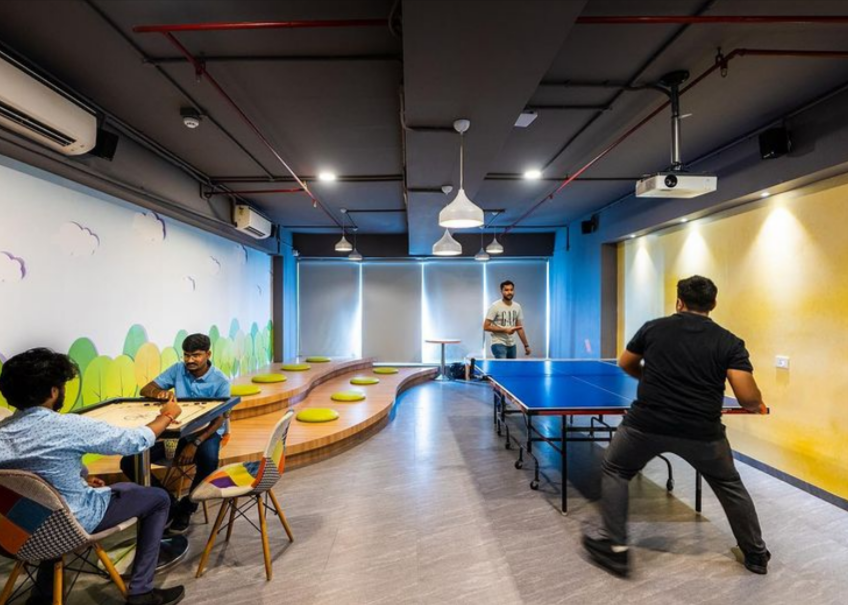
Including an audio-visual room can help your team unwind and enjoy their downtime. You can add projectors to allow them to watch movies or add a karaoke set up to let them sing their heart out.
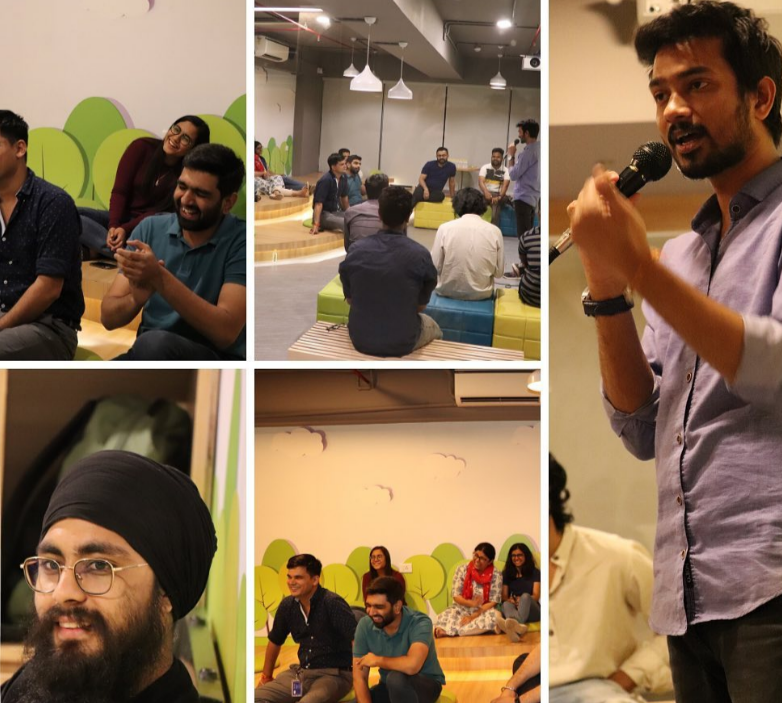
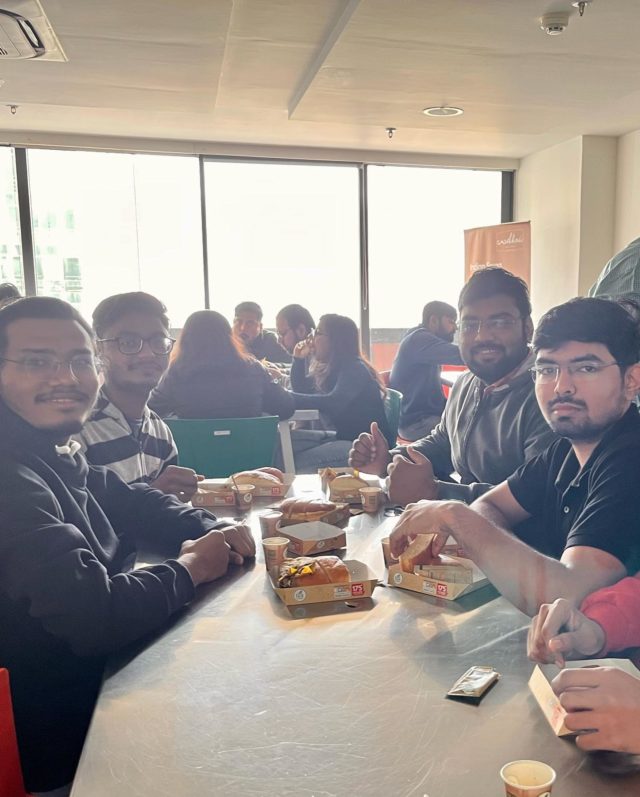
Food station allows employees to take a break from screen time and refuel their mind and bodies with food delicacies.
It is the breakout zone, where employees get an opportunity to socialize with their coworkers, leaving their stress behind. Hence, creating a food station incorporating vibrant design can be an excellent idea to let your team socialize while satiating their taste buds.
Here are a few tips for creating a food space that fosters social vibes.

Did you know?
All this clearly points to why coworking space operators and business owners should prioritize lighting, temperature, and background scenery.
Follow these tips to balance all three elements in your workspace and boost your team’s mood, well-being, and productivity.
If the technical requirements of lighting and temperature control seem overwhelming, hire an engineer for appropriate guidance.
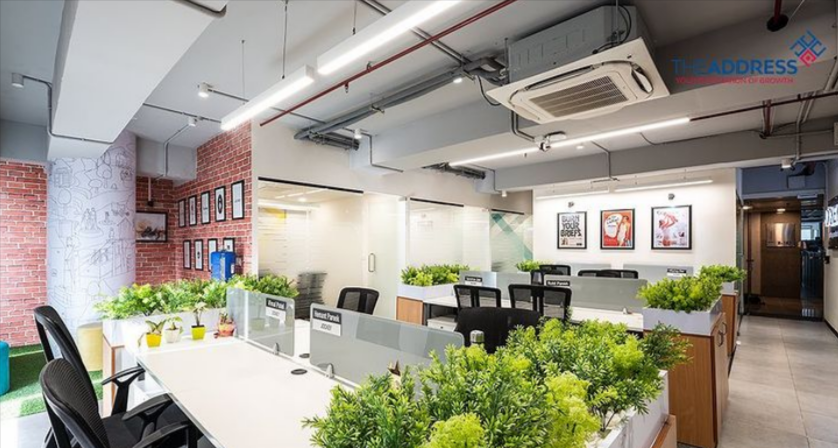
Placing indoor plants is the most inexpensive and easy way to inspire productivity while sprucing up the workspace decor. Plants also improve the air quality by curbing indoor air pollution often caused by building materials and air fresheners.
Studies reveal that employees who keep plants at their desks experience relatively less work-related stress and anxiety than others.
How can you bring in the greenery?
Enliven your coworking setup with the following low-maintenance plants –
These plants need little water, are durable, and remain fresh all year.
Place them on desks and randomly across the office to stabilize your team’s mood and improve productivity and indoor air quality.
Coworking space design is vital to creating a fun, innovative, and inspiring environment that can help maximize employees’ productivity levels. Besides, it upholds a positive professional image that can attract valuable business opportunities.
The design ideas shared in this post can help you build a workspace that is visually appealing, comfortable, functional, and welcoming.
For more details and professional guidance, get in touch with The Address. Our team can help you design a coworking space that resonates with your brand’s vision and culture while fostering a productive environment for your team.
What are the best locations for Coworking Space In India

